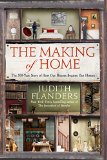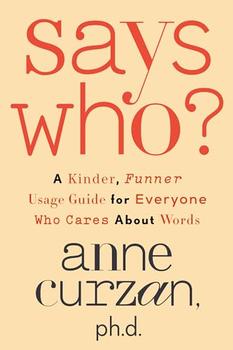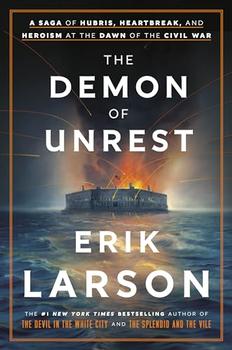Summary | Excerpt | Reviews | Beyond the Book | Readalikes | Genres & Themes | Author Bio

Critics' Opinion:
Readers' Opinion:
First Published:
Sep 2015, 368 pages
Paperback:
Sep 2016, 368 pages
 Book Reviewed by:
Book Reviewed by:
Norah Piehl
Buy This Book
This pattern could be seen
elsewhere: in Friesland, the standard housing of the sixteenth century,
low wattle-and-daub buildings that accommodated animals and
people together, was replaced in the seventeenth century by brick
houses and separate barns. A second Great Rebuilding took place in
the eighteenth century in the USA, but even before this, the original
poorly constructed frame houses of the colonies had always been
intended to be temporary: as times improved, they were torn down
and replaced. As a result, no houses at all survive in the USA from the
first half-century of colonial settlement, up to 1667. A 1652 inventory
recorded 'one smale house and garden' in Plymouth. The word 'small'
is unusual in these inventories, and it may be that this was a house
surviving from the 1620s, which already by 1652 seemed unnaturally
tiny. From the later part of the century, from 1668 to 1695, only five
houses survived, and of these, two were heavily restored in the 1930s,
to make them resemble more closely a twentieth-century vision
of what colonial America had looked like. Apart from these five,
the only surviving seventeenth-century houses in the colonies date
from the last four years of the century, and so are, to all intents and
purposes, typical of the eighteenth century. It is important to stress
this, as most assumptions about early colonial housing are based on
five examples, of which just three can be said to be original.
These anachronisms of style and size are essential to keep in
mind. We are so habituated to the standard types of housing that
emerged with industrialization and urbanization that we have been
all but blinded to what went before. We remember the scant number
of great halls of the medieval nobility, overlooking the reality that
this was less than 1 per cent of what existed at the time; similarly
the surviving Tudor great houses or gracious colonial governors'
mansions have wiped from our minds the vanished habitations of
everyone else; while the terraced townscapes that began to appear
in Britain in the eighteenth century created a false history in which
'everyone' lived more or less as we do today. And thus centuries of
hugger-mugger, cheek-by-jowl living, which almost everyone experienced,
and expected, have vanished from common knowledge. Yet
without knowing how people lived, it can be difficult to understand
why they acted as they did. It is only when we know what the physical
circumstances people lived in were like that we can appreciate
how changes to those circumstances reflected changed ideas and
expectations.
In general, in sixteenth-century England, labourers who had
enough money to have a house at all, or were housed by their
employer, lived in a one-room building, which might have a lean-to
attached to serve both as a sleeping and a storage space. Among the
better-off, most houses averaged two to four rooms. Two-roomed
houses consisted of a hall and a chamber; those with more had a hall,
a kitchen and chambers. The main function of chambers was storage:
most contained anything from two to five chests, and possibly a press
to hold more goods; many were also where looms, barrels, tools,
churns or other equipment were kept; in larger houses chambers
were used for sleeping as well, and most of these therefore had two
or three beds.
Excerpted from The Making of Home by Judith Flanders. Copyright © 2015 by Judith Flanders. Excerpted by permission of Thomas Dunne Books. All rights reserved. No part of this excerpt may be reproduced or reprinted without permission in writing from the publisher.




Give me the luxuries of life and I will willingly do without the necessities.
Click Here to find out who said this, as well as discovering other famous literary quotes!
Your guide toexceptional books
BookBrowse seeks out and recommends the best in contemporary fiction and nonfiction—books that not only engage and entertain but also deepen our understanding of ourselves and the world around us.